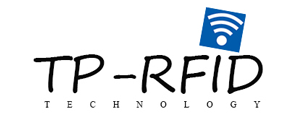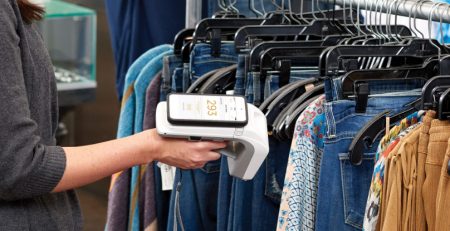UHFRFIDは耳札の読み取りを次のレベルに引き上げます
牛の生産者はかなりの時間とお金を節約することができます, 標準の低周波イヤータグから新しい超高周波の代替品に移行する意思がある場合.
「典型的なボタン耳タグは長い間存在しており、非常にうまく機能します。, しかし、それは低周波スペクトルにあるため、読み取り範囲は非常に広くなります。, とても短い。"グレン・キャスラーは言った, SAIT ポリテクニックの無線周波数識別アプリケーション開発ラボの応用研究主任.
“With this ultra-high radio frequency technology, now you have a tag that you can read from up to 20 feet away, and you can also read more than one tag at a time.”
The Calgary school was approached in 2011 by Livestock Identification Services to see if there was technology to improve cattle traceability. LIS and the Canadian Food Inspection Agency were interested in things such as real-time tracking of cattle during transport and enhanced disease traceability when animals commingle.
“We looked at the whole supply chain, right from the producer all the way to the packing plant — with stops at the auction markets, the feedlots, and the transport companies — to see where some of the biggest gaps are,” said Kathler.
Ultra-high-frequency RFID tracking — widely used in areas as diverse as oil and gas, エイリアンH3UHFRFID高温金属タグ, and prisons — seemed like the way to go, not just for agencies like LIS but also producers. Kathler uses the example of a producer loading cattle or moving them to a new pasture.
“He could literally take something out of his saddlebag, stick it into a fence post for 20 minutes while he moved animals, and it would just read all of the tags of the animals going through the gate,” said Kathler.
“It’s very automated, and it simply creates a higher level of accuracy as opposed to trying to read something visually, as well as having to be so close to an animal that you can read a tag with a low-frequency wand reader.”
The technology would also be highly useful at auction marts for tracking animals from pre-sale pens through to loading. But it’s feedlots that stand to gain the most, he said.
“Just the ability to sort animals, to move animals, and to read tags without adding any additional stress by having them go through the squeeze chute was a big attraction for that particular market,” said Kathler, adding cattle are conservatively estimated to lose one per cent of body weight from stress each time they go through a squeeze chute.
“We showed that if you could eliminate even one of the trips through the squeeze chute to get its tag read, there’s a significant cost savings because there simply would be no stress on the animal. They don’t know they’re being read. They’re not being squeezed. They’re just being moved from one pen to another.”


